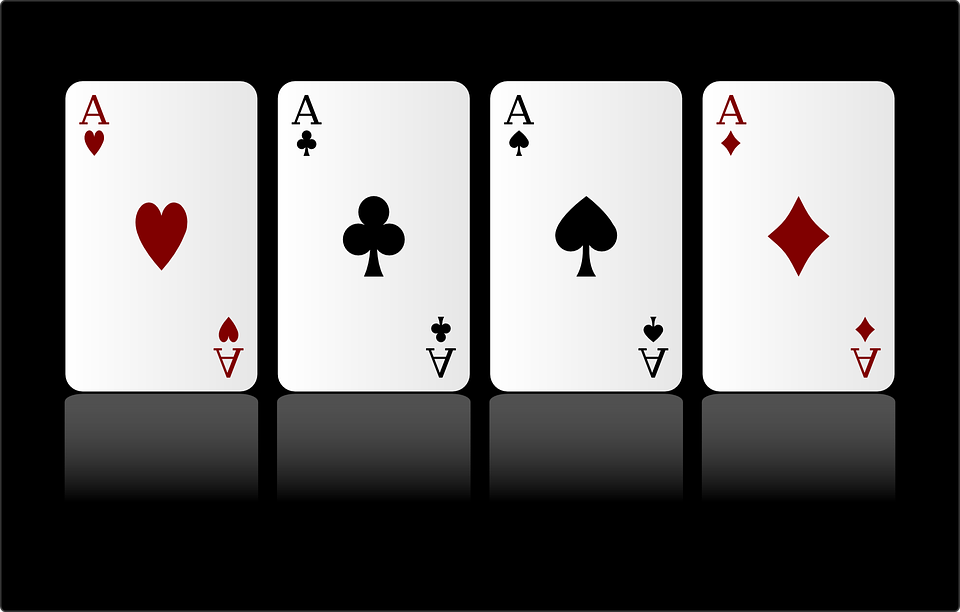LESSON: Combinations
| Site: | Mountain Heights Academy OER |
| Course: | Introductory Statistics Q4 |
| Book: | LESSON: Combinations |
| Printed by: | Guest user |
| Date: | Friday, 1 August 2025, 3:38 AM |
Intro to Combinations
In the previous lesson we looked at situations where the order of an arrangement is important. For example, when looking at 3-digit numbers, the number 123 is very different from the number 312, even though it contains the same 3 digits.
But in some situations, the order is not important – for example, when looking at cards in a hand of poker, or choosing toppings to put on a pizza. In these situations, when order is not important, we are looking at combinations of items.
For example, if you are a poker player you might want to know the probability of being dealt four aces in a hand of five cards. You don’t care in which order you receive the ace cards – only the fact that you have four of them is important.
Similarly, if you are ordering a pizza, you don't care about the order that they put the toppings on your pizza. You only care if all the toppings are on top of the pizza!
In these examples we can see that ORDER DOESN'T MATTER!


Counting Combinations
Just as with permutations, it’s sometimes easiest to calculate combinations by listing all the possibilities available, and counting them. The only difference is, when we list one combination, we automatically exclude a larger number of permutations. For example a poker hand that is (ace, ace, ace, ace, king
Anne wishes to knit herself a striped sweater. She has 4 colors of yarn available; red, blue, green and yellow. How many different combinations of two colors does she have to choose from?
When we just choose color pairs, there will be fewer combinations than we would have if we were counting permutations as in the previous lesson. For example red and blue is equivalent to blue and red, and we should only count one as a unique pairing. We start by listing the color pairs but we will also write down equivalent pairings at the same time. This will help prevent us from repeating combinations:

So there are 6 distinct combinations. There are also 6 “repeat” pairings – for every pair of colors we choose there is 1 combination but 2 permutations. Anne can choose from six distinct color pairs for her sweater.
Pizza Toppings Example
Triominoes Pizza Company specializes in 3-topping pizzas. If the available toppings are cheese, pepperoni, mushroom, pineapple and olives, how many different 3-topping combinations can customers choose from?
This is an example of a combination problem because the order we put the toppings onto the pizza doesn't matter.
We’ll start by making a table and list first choice, second choice and third choice:

Note that as we progress through the choices for first topping, the number of combinations we have for the second and third toppings get fewer. This is because some combinations have already been used, in a different order.
By counting the table entries we see that there are 10 possibilities for a 3-topping pizza.